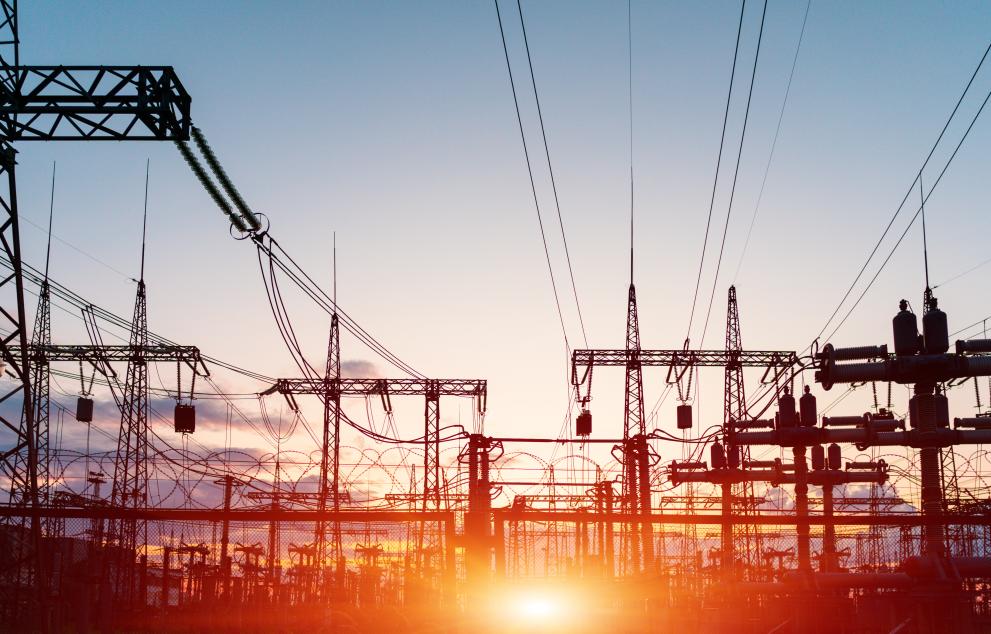- Contributes to EC priorities:

The Joint Research Centre of the European Commission has developed a model of the EU energy system: POTEnCIA (the Policy-Oriented Tool for Energy and Climate Change Impact Assessment).
POTEnCIA provides historical and projected pathways for the supply of energy and all sectors of energy demand in the EU — industry, buildings, transport, and power and heat generation. The model represents each EU Member State individually, with the option of addressing the whole EU energy system.
Model outputs are typically provided in annual time steps for 2000-2050; historical conditions are consistent with Eurostat and based on the Joint Research Centre’s Integrated Database of the European Energy System (JRC-IDEES), which is publicly available and developed in parallel to POTEnCIA.
Addressing new challenges in the European energy system
The European energy system has entered a phase of rapid and substantial changes, with important consequences over the decades to come.
This transformation is driven by multiple complex trends: environmental challenges such as the need for increasingly ambitious greenhouse gas emission cuts; policies aiming for a more efficient use of energy; market transformations such as the liberalisation of European energy supply; the rapid deployment of new renewable power generation and increasing concerns about the security of energy supply.
Why do we need an energy system model
To suitably analyse the impacts of policies on the EU's energy system, there is a need for an energy system model that can reflect these trends and address their underlying mechanisms. This means the model should realistically represent novel technologies for energy supply and demand at a high level of detail, as well as their future adoption and operation dynamics under different policy regimes.
In particular, the impacts of decentralised renewable power generation on the broader energy system need to be captured — including possible impacts on networks. Finally, as policy action can lead to the premature replacement of equipment, the model should explicitly capture the corresponding costs of stranded investments.
